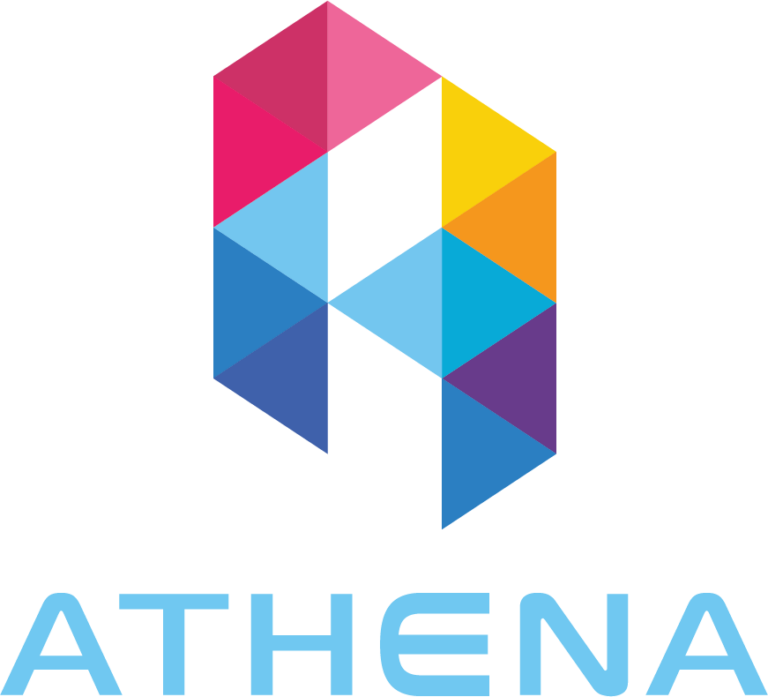Real-Time Market Insights with AI: Staying Ahead of Trends in Digital Marketing
In the fast-paced world of digital marketing, staying ahead of trends is critical to gaining a competitive edge. AI-powered tools are transforming how businesses access and utilize real-time market insights. By analyzing vast datasets, identifying patterns, and predicting trends, AI enables marketers to make informed decisions quickly and effectively. This article explores how AI delivers real-time market insights and how businesses can leverage these capabilities to stay ahead in the ever-evolving digital marketing landscape.
The Power of Real-Time Market Insights
Real-time market insights involve continuously updated data on consumer behavior, market trends, and campaign performance. These insights enable businesses to adapt strategies promptly, capitalize on opportunities, and mitigate risks.
Why They Matter:
- Dynamic Market Conditions: Consumer preferences and trends change rapidly, requiring agile responses.
- Enhanced Personalization: Insights allow for tailored marketing messages that resonate with target audiences.
- Data-Driven Decisions: Real-time data reduces guesswork, ensuring more effective strategies.
How AI Powers Real-Time Market Insights
1. Data Collection and Integration
AI gathers data from multiple sources, including social media, web analytics, and sales platforms, to create a unified view of the market.
Example: AI tools analyze social media mentions, customer reviews, and website traffic simultaneously to identify emerging consumer trends.
2. Predictive Analytics
AI uses historical data and machine learning algorithms to forecast market trends and customer behavior.
Applications:
- Predicting demand spikes during seasonal sales.
- Identifying products likely to trend based on social media activity.
Benefit: Businesses can anticipate market shifts and prepare strategies proactively.
3. Sentiment Analysis
AI analyzes consumer sentiment from online reviews, comments, and social media posts.
Key Metrics:
- Positive, negative, or neutral sentiment scores.
- Emerging topics associated with brand mentions.
Impact: Marketers can adjust campaigns in real-time to align with public opinion.
4. Audience Segmentation
AI categorizes consumers into segments based on behavior, preferences, and demographics.
Use Case: A retailer might identify that eco-conscious millennials respond better to sustainability-focused ads, enabling precise targeting.
Outcome: Improved ROI through tailored marketing efforts.
5. Campaign Optimization
AI monitors campaign performance metrics like click-through rates (CTR), conversion rates, and engagement levels.
Real-Time Adjustments:
- Pause underperforming ads.
- Reallocate budgets to high-performing campaigns.
- Test variations of ad creatives.
Example: AI-driven tools can recommend tweaks to ad copy or visuals to increase engagement mid-campaign.
Benefits of AI-Driven Real-Time Insights
- Enhanced Decision-Making
AI provides actionable insights, enabling marketers to make confident and informed decisions. - Increased Agility
Real-time updates allow businesses to respond quickly to market changes and consumer behavior. - Cost Efficiency
By identifying high-performing strategies, AI reduces wasted ad spend. - Improved Customer Experience
Personalized and timely marketing messages enhance customer satisfaction and loyalty.
Challenges and Solutions
1. Data Overload
Large datasets can overwhelm marketers without proper tools.
Solution: Use AI systems with intuitive dashboards that highlight key insights.
2. Integration Complexity
Combining data from diverse platforms can be challenging.
Solution: Choose AI tools with robust integration capabilities for seamless data aggregation.
3. Privacy Concerns
AI tools must comply with data protection regulations like GDPR and CCPA.
Solution: Partner with providers that prioritize data security and compliance.
Case Study: AI-Powered Insights in Action
Scenario: An e-commerce brand wanted to optimize its holiday sales campaign.
AI Implementation:
- Used predictive analytics to identify popular products based on past trends.
- Analyzed real-time social media sentiment to tailor messaging.
- Adjusted ad spend dynamically based on campaign performance metrics.
Results:
- Revenue Growth: Increased holiday sales by 25%.
- Engagement Rates: Boosted social media engagement by 40%.
- Cost Savings: Reduced ad spend inefficiencies by 15%.
Tools for AI-Powered Market Insights
- Google Analytics 360: Real-time web analytics with AI-driven insights.
- Hootsuite Insights: Social listening and sentiment analysis powered by AI.
- HubSpot: Combines CRM with AI for audience segmentation and campaign optimization.
- Tableau with AI: Visualizes complex data trends for actionable insights.
- IBM Watson Marketing: Leverages AI to predict customer behavior and optimize campaigns.
Future Trends in AI and Market Insights
1. Hyper-Personalization
AI will enable marketers to deliver highly specific and timely messages based on individual consumer preferences.
2. Real-Time Collaboration
Integrated AI systems will allow teams to collaborate on insights and implement strategies more effectively.
3. Voice and Visual Data Analytics
AI will analyze voice and visual data from smart devices to identify emerging consumer needs.
4. Ethical AI
Greater emphasis on transparency and fairness in AI algorithms to build consumer trust.


